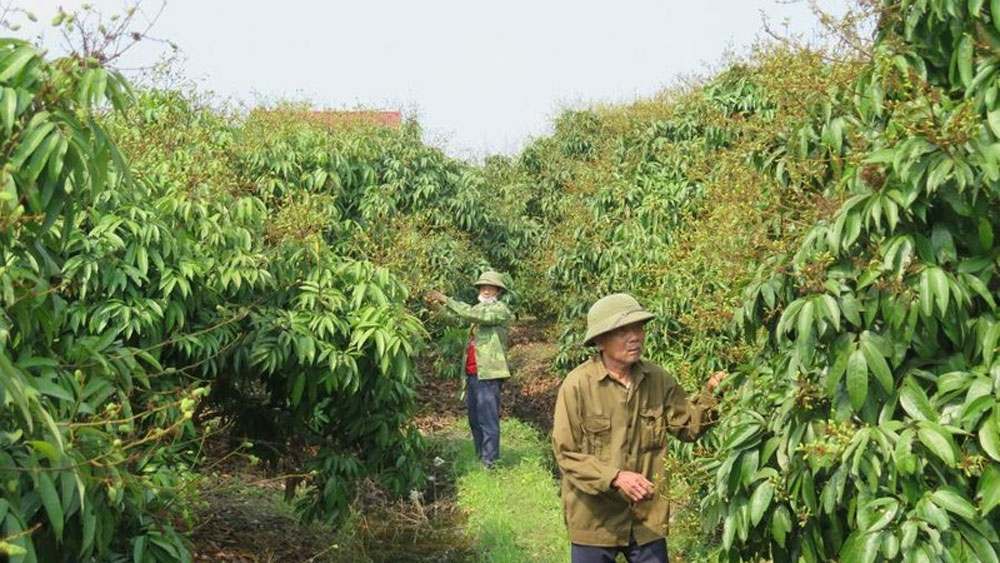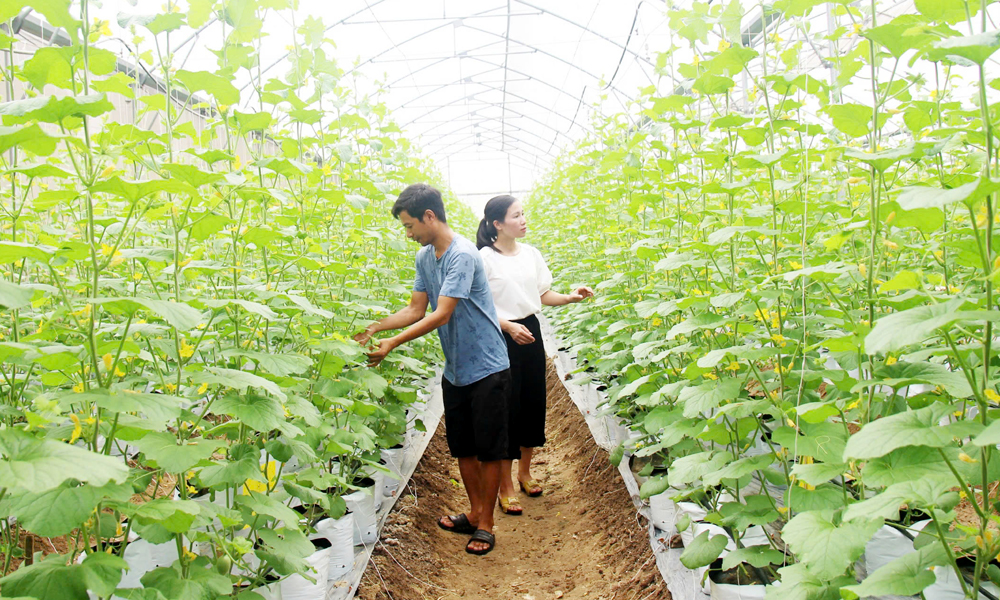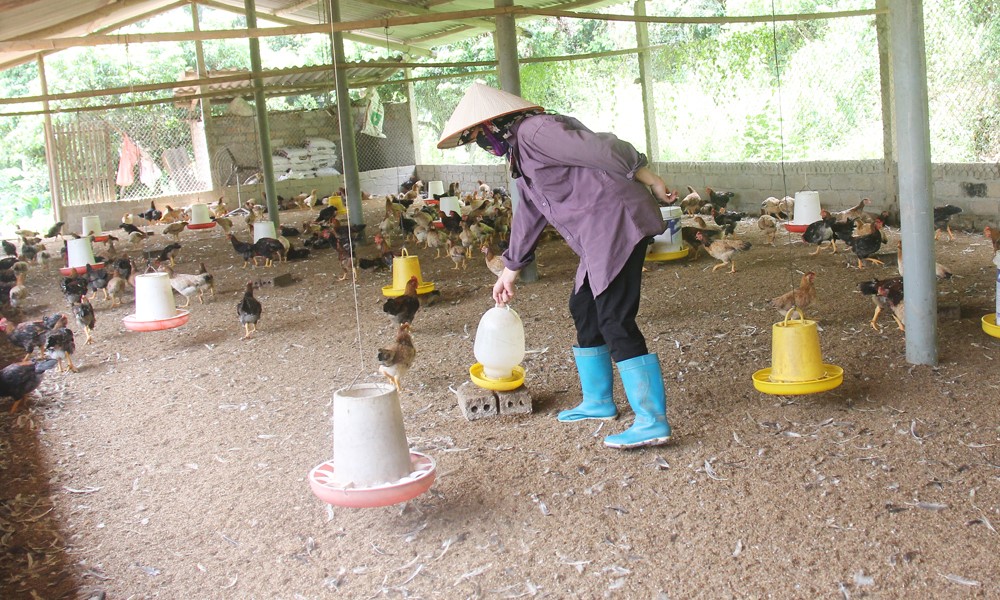Vietnam has issued 4,597 planting area codes for export activities in 54 provinces and cities, according the Ministry of Agriculture and Rural Development (MARD).
The country has also granted 1,419 codes for packaging facilities that are qualified for exporting fresh fruits to China, the US, Australia, New Zealand, Japan and the Republic of Korea.
 |
|
A lychee growing region in Hai Duong Province.
|
Since the start of the year, the MARD has received and handled 777 notices on food safety regulations from member countries of the World Trade Organisation and handled 58 European warnings.
In order to manage planting area codes effectively, the ministry asked localities to step up the inspection and checking the use of such codes, while strictly penalising violations.
The MARD also asked the Plant Protection Department to negotiate with technical agencies of importing countries on opening the market and increasing the number of planting areas codes and packaging facilities qualified for export.
Bac Giang has 10 more growing area codes for export
(BGO) - On authorization of
competent agencies from China, the US and Japan, the Department of Plant
Protection (Ministry of Agriculture and Rural Development) has granted 10 more
lychee growing area codes (GAC) to Bac Giang province for export to these
markets, said the provincial Department of Agriculture and Rural Development.
Two lychee growing area codes granted to export to Thailand
(BGO) - On authorization of
Thailand competent agency, the Department of Plant Production and Protection issued
two more lychee growing area codes (GAC) for export, reported Plant Production
and Protection Division in Bac Giang province.
Managing code-granted growing areas, packaging facilities
(BGO) - Along with proposing the
granting of codes to growing areas and agricultural product packaging establishments,
specialized agencies and local authorities in Bac Giang province have paid attention
to management and supervision to ensure production follows a right process.
This helps open up opportunities for agricultural products to be exported, thus
increasing their value.
Source: NDO

 Bắc giang
Bắc giang















Reader's comments (0)